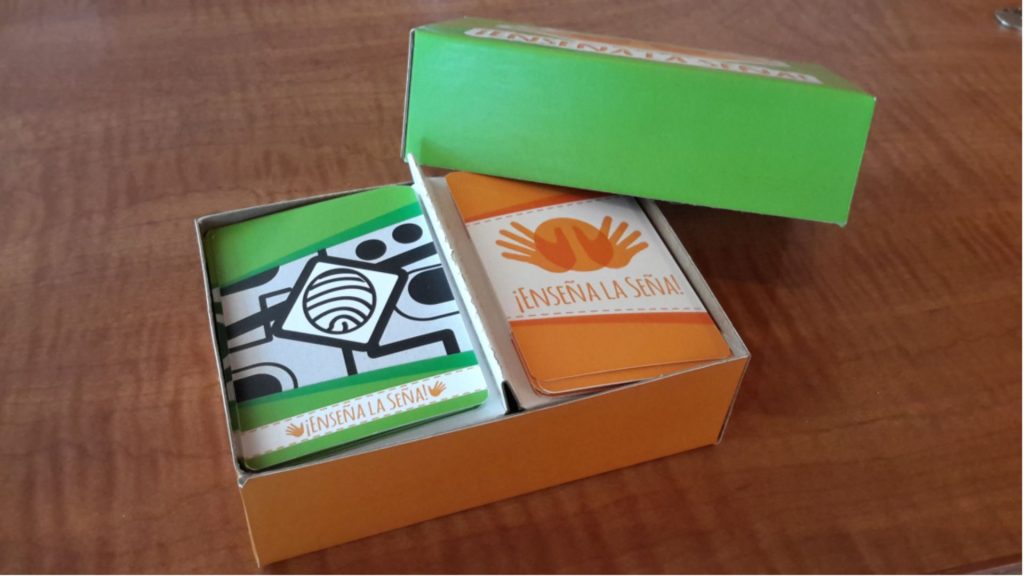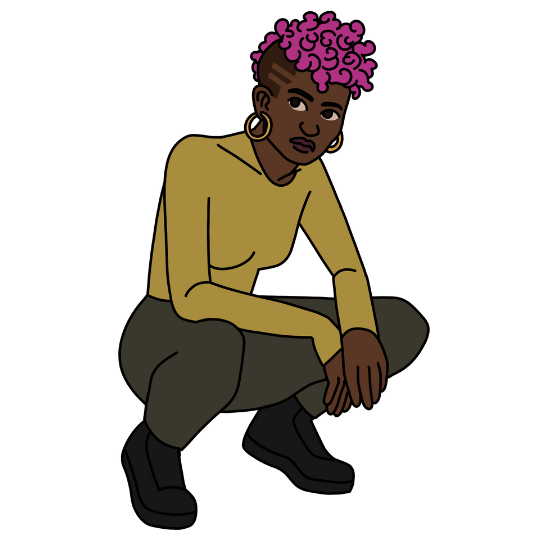Creating Games With Inclusivity in Mind
Posted: 8 Feb 2023An astronaut is severely immobilized. Picture this. She keeps on floating about unable to keep her feet on the ground unless she wears special boots.
She can’t feed herself unless she learns to coordinate her hand-to-mouth movements. On top of that, she requires specially prepared food. Let’s not even go to how difficult going to the washroom must be.
While on the moon she can’t sustain her body’s need for oxygen, she requires “life support” systems for her very survival. Yet she is not labelled deficient in any way. Society doesn’t see her significant physical incapacities while in space as problems that need to be fixed. Assumptions of helplessness or incompetence never arise.

In fact, it’s the opposite. She undergoes rigorous training and she is tasked with the responsibility of carrying out complex and demanding outer space tasks. She is considered a heroine.
It is the environment she is in that is deemed to be the problem and not her immobilized state. Her environment is considered to be hostile and alien thus not accommodating to her physiological requirements. So lots of money goes into preparing assistive devices that enable the accommodation of her physical and physiological needs. She can stay alive and breathe in that unfriendly world. In many ways, the world we live in is a lot like the unfriendly world on the moon. There are a lot of us earth-bound humans whose physical requirements require assistive measures to function in this “hostile” environment.
Let me introduce you to a beautiful young boy called Alistair.

Alistair is surrounded by love and Angela his caregiver is always eager to make things easier for him. Alistair’s story is special. He was born without his sense of hearing. Doctors diagnosed him as deaf but there was something else. He was different from the other hearing-impaired children; hyperactive and unable to grasp sign language. He was a deaf boy with autism.
Every time they went out, he would through a tantrum and make a scene. Naturally, Angela felt like she had failed him. She felt like she was the only one who got a chance to truly see the real Alistair and it was unfortunate that other people could not do the same. One day, his teacher planned a trip to the mall and Angela panicked, but the teacher was sure her method would work. She realized that to penetrate Alistair’s “defences”, she needed to give him information on what was going to happen to him. So for the next 3 days before the trip, they showed him images of the things he would experience on that day.
They showed him an image of getting into the car, driving to the mall, arriving at the mall, browsing the stores, getting back to the car, driving back to school and then going back home. Alistair was unusually calm on the day they went to the mall. Unlike other times, he did not go running around touching everything. He knew what was going on. He had information and that gave him peace. There and then, Angela realized that this was the solution they had been looking for all this while.
Alistair’s family had a boat and despite the amazing experience that going on a boat is, it was always a nightmare. After the trip to the mall, Angela realized that it wasn’t that he didn’t enjoy the boat. He didn’t hate the boat either. He just didn’t like not knowing where he was going, when they would leave and if they’d return home after the trip.
Alistair’s father decided to apply the same method his teacher used for the boat trip. He showed him a calendar of the day they were leaving, how long they were staying in the boat and when they would return. On top of that, he showed him pictures and drawings of the adventures they would enjoy together. When the day came Alistair enjoyed sailing in the boat.
The information he received before the trip gave him peace and allowed him to be in the moment. To tackle Alistair’s challenge with sign language, his sign language interpreter found out that even though he didn’t make eye contact, he had peripheral sight and he could see the gesture through the corner of his eyes. Alistair also had a language delay. For instance, a woman once pointed out that there was a train passing nearby, and 10 minutes later he replied in sign language: “I saw a train.”
People accomplish more when nobody is telling them what they can’t do. Alistair was able to do more because he was surrounded by people who loved and believed in him.

Catalina De La Rocha is a Mexican woman who came up with an educational game that teaches hearing families and friends, Mexican sign language. Through Alistair’s story, Catalina came to the conclusion that not every person diagnosed with the same diagnosis needs the same treatment. So every design solution has to be flexible to fulfil the custom user’s needs and what better way to achieve this than through inclusive games?
Catalina used visual elements that were understandable to both hearing and non-hearing players, therefore, bridging the gap between sign language and written language. The game also incorporates signwriting and augmented reality, thus creating a 3-dimensional experience of sign language.

Imagine a world in which your major form of understanding and interpretation of what is being communicated to you is through your eyes. Then imagine yourself blindfolded, being moved around without seeing where you are going and what you are going to do. This is just a glimpse of what Alistair must have felt before his teacher found a solution.
Inclusivity in game development goes a long way in positively impacting people’s lives. To date, most researchers on educational computer games forget to include people with special needs thus leaving them excluded. Let me take you back to the astronaut and remind you about the impact of our surroundings. Outer space is a hostile environment so instead of labelling her deficient, measures are put in place to ensure that her special needs are catered to.
Now let’s come back to our planet Earth. We are all born with unique attributes some of which are so different that the current environment on Earth is “hostile” because it is not prepared to cater to these needs yet. Alistair’s physical abilities could not be changed, but the physical environment in which he lived could be made more accommodating and inclusive of his needs.
Thank’s to his teacher’s intervention it was and thanks to you as an inclusive game developer another beautiful soul’s life will get to be transformed.

Wendi Ndaki is passionate about the fusion of art and technology and that is why the video games industry feels like home to her.
She is a Writer, a Visual Artist and a YouTuber with a Bachelor’s degree in Information Systems Technology from the United States International University- Africa. She has worked in the gaming industry as a writer for more than 5 years now and she aims to demystify the rising gaming industry one story at a time. She is currently doing so through articles for clients as well as through engaging educational animated content on her company’s YouTube channel.

